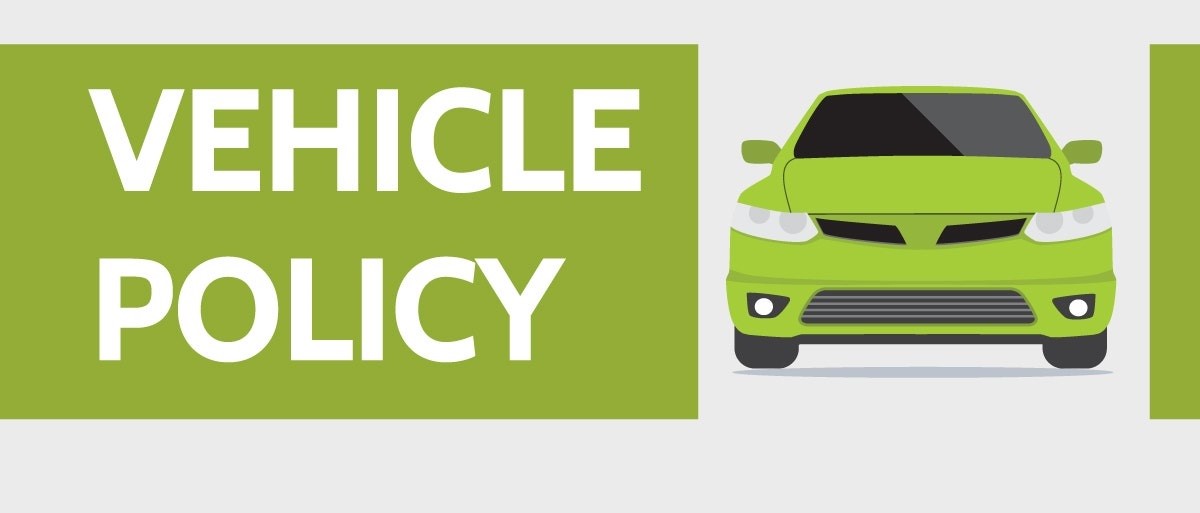Sixty per cent of Chennai civic body’s transport budget will be dedicated to non-motorised transport.
Nayantara Narayanan,
Chennai is rethinking it priorities. Its municipal corporation, the oldest in India, is creating a network of footpaths, cycle tracks and greenways to encourage residents to walk or cycle and to ease the passage of human-powered transport like cycle rickshaws and pushcarts.
The civic body’s new non-motorised transport policy introduced at the end of September recognises that Chennai has enough paved space for public transport and private vehicles. So, by 2018, it wants to increase the transport mode share of pedestrians and cyclists by 40%, reduce pedestrian and cyclist fatality to zero, create footpaths along 80% of streets, and make sure that most streets with a right-of-way of more than 30 metres have an unobstructed cycle track. In addition to this, it wants to raise the share of public transport in kilometres travelled by 60%.
Critically, the new policy promises not to construct flyovers that could prevent parallel pedestrian infrastructure from meeting the right standards.
Backing up this wish list with resources, the city is willing to spend 60% of its transport budget on non-motorised transport. Each year, the new policy is estimated to cost about Rs 400 crore.
This allocation shows the administration is taking the shift seriously, said Shreya Gadepalli, India director of the Institute of Transportation and Development Policy, which helped the Corporation of Chennai design the policy. “This is a quantum leap,” Gadepalli said. “A civic body is adopting a plan that says walking and cycling are our priorities because they are important for quality of life, transportation and equity.”
Sameera Kumar agreed. A transport researcher with Clean Air Asia, Kumar pointed out that big Indian cities typically allocate about 2% of their budget to non-motorised transport.
To improve access to public transport, the municipal body’s footpath plan will focus on 471 major bus routes. The pavements will include space for shop frontages, a two-metre pedestrian zone, and space for landscaping and street furniture. The municipality has already spent about Rs 30 crore to widen footpaths on 26 roads and shift obstructing electrical and telephone junction boxes.
Though perhaps the first effort in India to find concerted official support, Chennai’s new policy is not the first to recognise the need for pedestrian-friendly roads in cities.
Delhi
In 2010, the Unified Traffic and Transportation Infrastructure (Planning & Engineering) Centre of the Delhi government had drawn up comprehensive guidelines for pedestrian-friendly road design. In that year, nearly all the road space in the capital was occupied by the 14% of Delhi that drove. Cars, motorcycles and auto rickshaws made up 23% of all trips, while 44% of the trips were by foot. Yet, 40% of Delhi’s road length had no footpaths.
In its guidelines, the Delhi centre laid out the minutest details, including the ideal width to be left in front of stores so that people slowing down to window-shop do not obstruct other pedestrians.
Still, little attention was paid to its sound advice. “The guidelines for Delhi are excellent, world-class and highly implementable,” said Kanthimatti Kannan, founder of the Right2Walk campaign in Hyderabad. “But because they are guidelines and not mandatory, they do not work. Policies need teeth. Nothing will happen unless it is made into a law.”
Bangalore
The main hurdle in implementing a change in road use policy is people’s mind-set, said Kumar. “By prioritising motorists over everyone else, we move vehicles, not people,” he said.
This mind-set is on display in Bangalore, where the government is focusing on signal-free road corridors. “The corridors are anti-people because they cut people off on both sides of the road,” Kumar said. Though it does not have a serious non-motorised transport policy, Bangalore does have Tender SURE (Specifications for Urban Road Execution), a move towards widening footpaths and creating proper parking zones at 12 important connecting roads.
Others
In Hyderabad, many new and widened footpaths fell into disrepair from lack of maintenance, Kannan said. At other places in the city, they were usurped for parking vehicles. In Mumbai, over 50 million walking trips are made every day. Yet, pedestrians do not get commensurate infrastructure – whether junctions to cross roads, footpaths or road markings, noted Rishi Agarwal of The Walking Project in Mumbai.
Chennai aims to deal with the problem of footpath parking by including design elements like knee-high bollards on the edge of pavements. It simultaneously wants to introduce a new IT-based parking management system for private vehicles, whereby parking slots could be rented for a fee. This, it expects, will free up the 40%-50% of footpaths currently occupied by parked vehicles.
Agarwal hoped that the Chennai policy will set a precedent, helping residents of other cities pressure their representatives to draft and implement similar schemes.
Article Courtesy: Scroll.in
Author: Nayantara Narayanan





